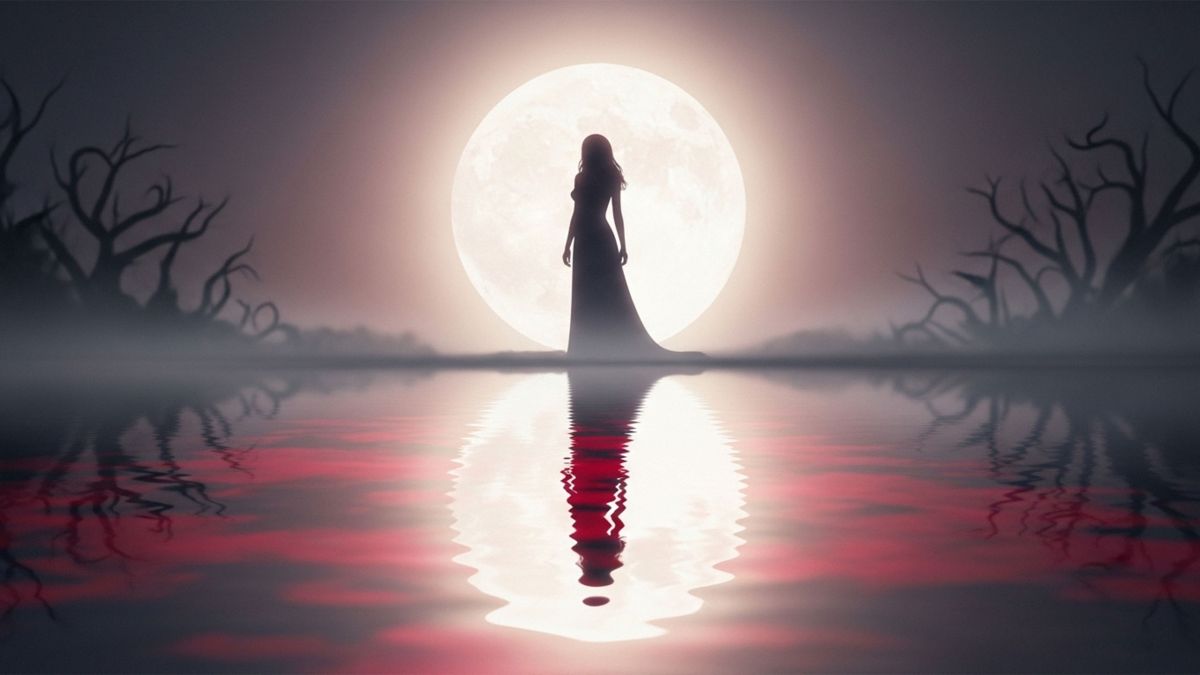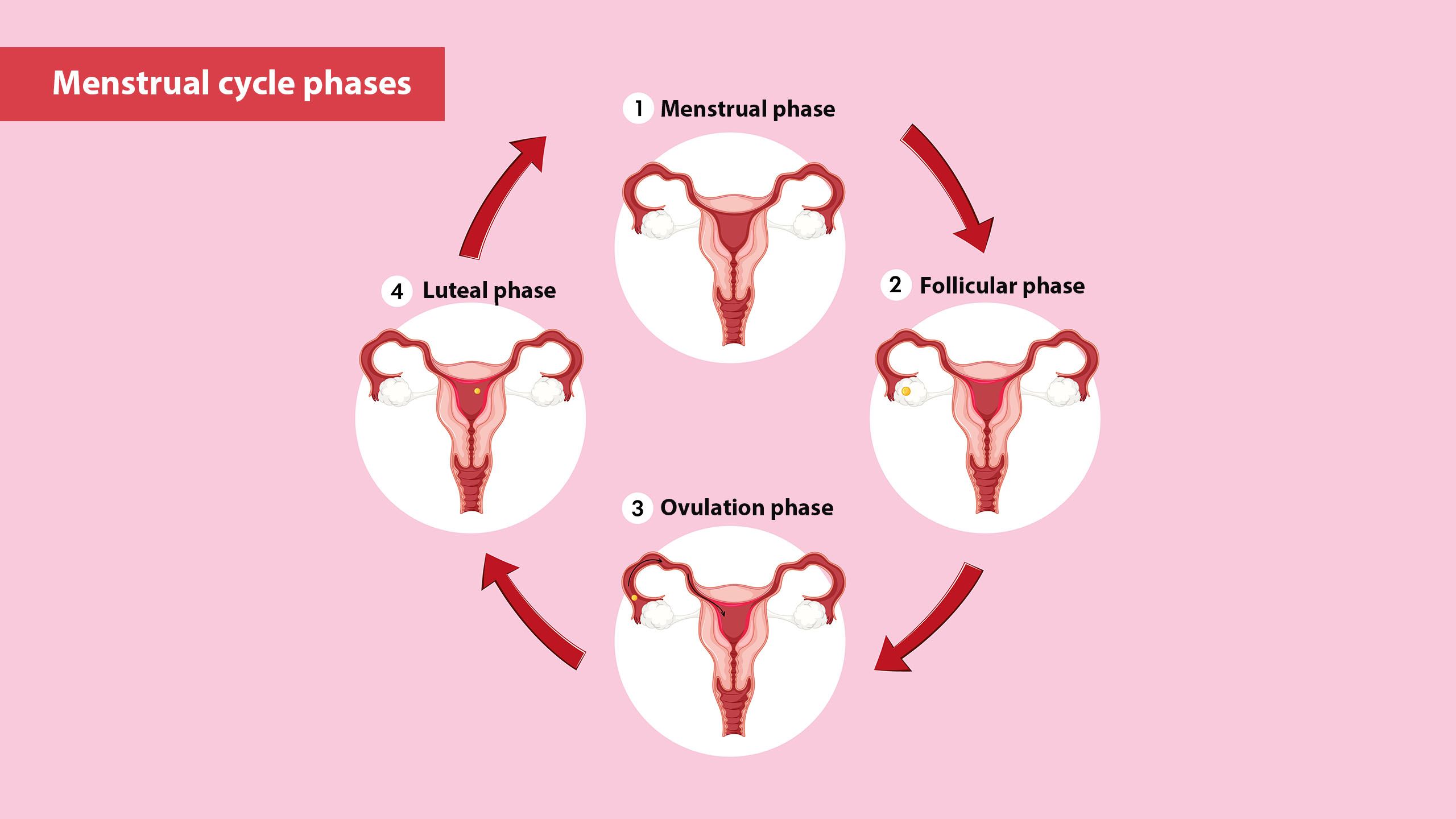Witches, Blood, and the Moon: The Menstrual Myths That Haunt History

An intimate guide through the folklore, fear, and fascination surrounding women’s monthly cycles — from moonlit rituals to modern science.
In Brief
For centuries, menstruation has been linked with witchcraft, lunar magic, and female mystery. What began as awe and reverence often turned into suspicion and taboo — shaping cultural attitudes that linger today.
The Moon and the Body: A Celestial Connection
The moon has always been humanity’s oldest clock. Long before calendars, women marked time by its waxing and waning. Across early civilizations, the average menstrual cycle of roughly 29.5 days mirrored the lunar cycle — a coincidence that shaped myths and rituals around fertility, rhythm, and renewal.
In ancient Greece, Artemis and Selene were both goddesses tied to the moon and female cycles. Egyptian women were said to “bleed with the moon,” a poetic phrase linking the body to the cosmos. Some Indigenous traditions honored menstruation as a time of heightened intuition, with women retreating to moon lodges for rest and reflection, not isolation.
Modern research has shown faint biological rhythms aligned with lunar light patterns. Scientists from the Frontiers in Endocrinology journal note that before artificial light, some women’s cycles may have synced to full moons — suggesting that ancient connections between body and sky weren’t purely mythic after all.
The Witch’s Blood: When Power Turned to Peril
During the Middle Ages, menstruation became a subject of fear and superstition. What was once sacred turned sinister. Church texts claimed that menstrual blood could spoil crops, dull mirrors, or drive men mad with lust. A woman menstruating was seen as both unclean and dangerously potent — a paradox that fed centuries of misogyny and witch-hunting.
In the Malleus Maleficarum, the 15th-century witch-hunter’s manual, it was written that witches used menstrual blood in potions and spells to seduce or destroy. The idea that a woman’s natural cycle was linked to dark magic reflected the broader anxiety about women’s bodies — especially their autonomy.
But beneath this fear lay fascination. The concept of “blood power” persisted in folk medicine, where menstrual blood was believed to heal ailments or enhance fertility. In parts of Europe and Africa, traces of these beliefs still surface in traditional healing rituals.
“Menstrual blood was once a symbol of creation — until fear turned it into a curse.”
Red Myths Around the World
Cultural Insight
Among many Indigenous and African communities, menstruation was not seen as shameful but sacred. It marked a connection between body, nature, and time — a concept often lost in later Western traditions. Women gathered during their cycles not to be excluded, but to rest, share knowledge, and honor renewal.
Every culture has its menstrual mythology — some reverent, others restrictive.
-
Hindu traditions regarded menstruation as a period of sacred rest, though it later evolved into restrictions on temple entry or food preparation.
-
In ancient Rome, Pliny the Elder wrote that menstrual blood could blunt steel or kill bees — a mix of pseudo-science and myth that strangely persisted into the 19th century.
-
Among the Yoruba of Nigeria, menstrual blood symbolized both life-force and spiritual potency, handled only with respect.
-
Native American stories often spoke of the Moon Woman, whose cycle created the tides and governed women’s bleeding.
The common thread is awe — a recognition that this monthly transformation was unlike any other human experience.
| Culture | Belief or Practice | Symbolic Meaning |
|---|---|---|
| Greek | Linked Artemis and Selene with women’s cycles | Harmony between body and moon |
| Hindu | Period of sacred rest and reflection | Purification and renewal |
| Roman | Feared blood’s power to spoil crops | Fear of feminine potency |
| Yoruba | Blood seen as a spiritual life force | Respect and ritual power |
The Science Beneath the Spell
For all its mystique, the menstrual cycle is a finely tuned biological process. Hormones — estrogen, progesterone, and luteinizing hormone — work in rhythm to prepare the uterus for pregnancy, shed its lining, and begin again. Modern endocrinology has stripped away much of the superstition, yet the symbolism remains deeply ingrained.
Even now, language around menstruation is often cloaked in secrecy: “that time of the month,” “the curse,” or “a visit from Aunt Flo.” The euphemisms echo centuries of discomfort and misunderstanding. But understanding the science behind the cycle helps reframe it — not as a curse, but as a reflection of the body’s natural intelligence.
The Moon’s Shadow: How Shame Took Root
Why did reverence turn into taboo? Historians point to the shift from matrilineal to patriarchal societies. As male-dominated religions rose, female bodily functions became framed as impure or dangerous. Menstrual blood — once a symbol of creation — became associated with sin and weakness.
These beliefs influenced everything from religious law to social behavior. Even today, in parts of the world, menstruation can still lead to exclusion from schools, work, or public spaces. The lingering stigma is not just cultural — it’s historical, inherited from centuries when female biology was seen as something to fear.
Quick-Start: Understanding Menstrual Myths
Tools: Moon phase tracker, menstrual app, journal.
Do: Notice patterns in mood, energy, and sleep. Reflect on how your body’s rhythm aligns with natural cycles.
Don’t: Treat myths as fact — use them as cultural insight, not instruction.
Modern Reflections: The Return of the Lunar Cycle
In recent years, there’s been renewed interest in tracking cycles with the moon — not as superstition, but as mindfulness. Apps and journals now encourage women to chart their mood, energy, and creativity alongside lunar phases. It’s not magic, but pattern recognition — a way to reconnect with what ancient women already sensed: that the body moves in waves.
Some find that syncing routines — exercise, rest, reflection — to their natural rhythm brings balance and self-awareness. Science may not fully support “moon syncing,” but it does recognize that hormonal cycles affect emotion, sleep, and cognition. The moon may no longer rule the night, but its pull on imagination endures.
Did You Know?
- The word menstruation comes from the Latin mensis, meaning “month,” and is related to mene, the Greek word for “moon.”
- Some ancient healers believed menstrual blood contained the essence of life and used it in rituals to promote fertility and protection.
- In early anthropology, menstrual huts or lodges were often misinterpreted as exclusionary — but some were actually spaces for rest and storytelling among women.
Questions & Answers
Did women really synchronize their cycles with the moon?
Some research suggests early humans, living without artificial light, may have had cycles influenced by moonlight, though it's not universal or consistent.
Why was menstrual blood feared in the Middle Ages?
It symbolized both fertility and danger in religious and cultural beliefs. This dual perception turned natural biology into superstition and taboo.
Are there still menstrual rituals today?
Yes, some cultures continue to observe rituals emphasizing rest, renewal, or spiritual connection — echoing ancient lunar traditions.
A Final Thought
The myths that haunt menstruation are as old as the moon itself. They tell us as much about cultural fear as they do about fascination. Beneath centuries of misunderstanding lies a simple truth: menstruation is neither curse nor magic, but a rhythm — one that has guided humanity since the first woman looked up at the night sky and saw herself reflected in its changing light.
Disclaimer: The articles and information provided by the Vagina Institute are for informational and educational purposes only. This content is not intended to be a substitute for professional medical advice, diagnosis, or treatment. Always seek the advice of your physician or another qualified health provider with any questions you may have regarding a medical condition.


 English
English  Deutsch
Deutsch  Español
Español  Français
Français 




